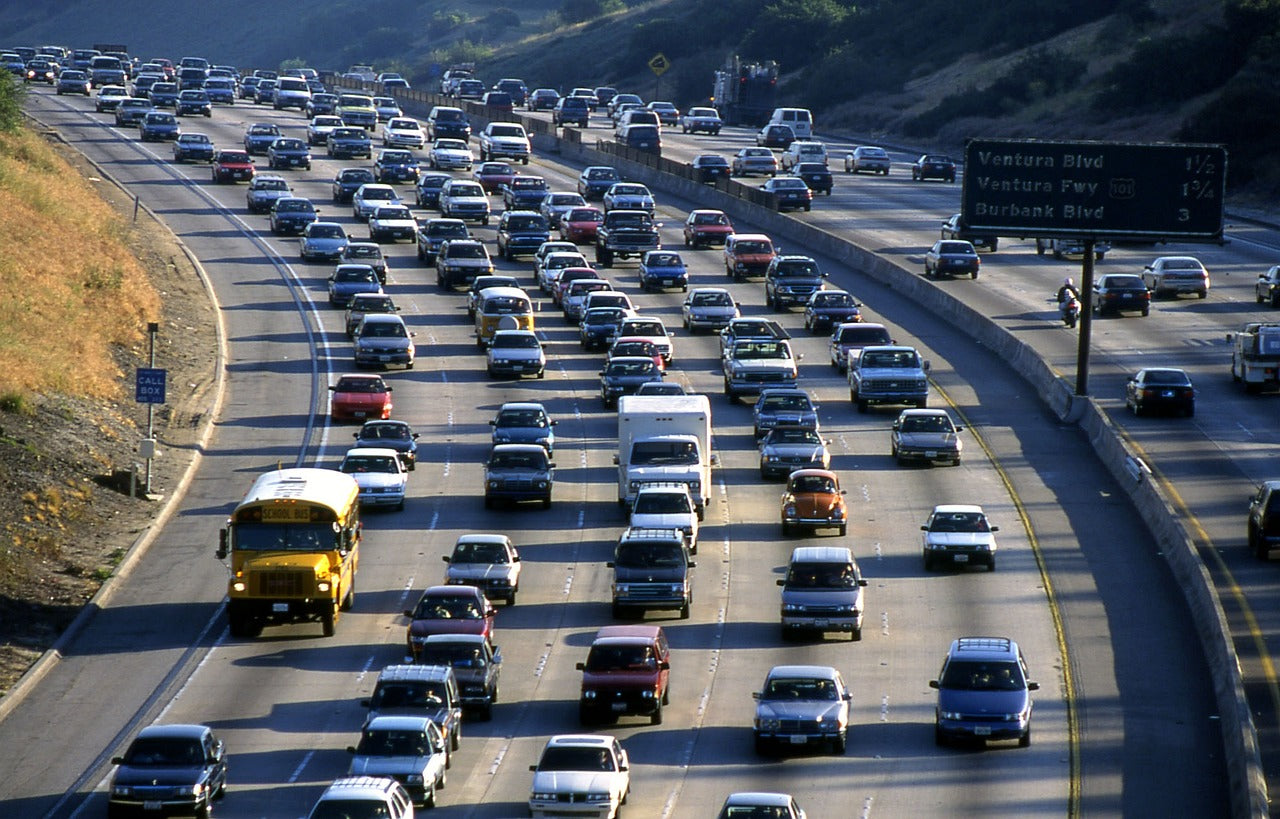Navigating California's Most Dangerous Roads: Tips for Staying Safe

Top 10 Most Dangerous Roads in California and How to Stay Safe
Introduction
Brief Overview of the Importance of Safe Driving on California's Most Dangerous Roads
California is known for its scenic routes and beautiful landscapes, but it is also notorious for its dangerous roads. Every year, thousands of people lose their lives or are injured in car accidents on California's roads. It is crucial to prioritize safe driving practices, especially when navigating the state's most dangerous roads.
Importance of Following Traffic Rules and Regulations
One of the most important ways to ensure safe driving is to follow traffic rules and regulations. These rules exist to protect drivers, passengers, and pedestrians. When drivers disregard these rules, they put themselves and others in danger. It's important to remember that following traffic rules isn't just about avoiding a ticket, it's about protecting lives.By driving safely and following traffic rules and regulations, we can help prevent accidents and keep ourselves and others safe on the road.
Overview of California's Most Dangerous Roads
California has some of the most dangerous roads in the country, and it's important to be aware of them in order to stay safe. Here are the top 10 most dangerous roads in California:
-
I-5 (Los Angeles to San Diego)
-
I-10 (Santa Monica to Beaumont)
-
I-15 (Los Angeles to Las Vegas)
-
I-710 (Long Beach to East Los Angeles)
-
I-405 (San Fernando Valley to Irvine)
-
State Route 99 (Bakersfield to Sacramento)
-
State Route 138 (Palmdale to Crestline)
-
US 101 (Los Angeles to San Francisco)
-
State Route 2 (Los Angeles to Wrightwood)
-
State Route 138 (Interstate 5 to Phelan)
According to recent statistics, these roads are responsible for a significant number of accidents and fatalities each year. It's important to exercise caution and follow traffic rules and regulations while driving on these roads.
Stay tuned for our tips on how to stay safe while navigating California's most dangerous roads.
Factors Contributing to Accidents on Dangerous Roads
Road Conditions, Weather, and Visibility Issues
Poor road conditions, inclement weather, and limited visibility can all contribute to accidents on California's most dangerous roads. These factors can make it difficult for drivers to maintain control of their vehicles and react quickly to changing situations.
Driver Behavior and Distractions
Driver behavior and distractions are also significant factors that contribute to accidents on dangerous roads. Speeding, reckless driving, and distracted driving can all increase the risk of a collision, particularly on roads that require extra attention and caution.
Importance of Defensive Driving Techniques
Defensive driving techniques are crucial for navigating California's most dangerous roads safely. By anticipating potential hazards, maintaining a safe speed, and staying focused on the road, drivers can reduce their risk of being involved in an accident. It's also essential to avoid distractions while driving, such as using a phone or eating, and to always wear a seatbelt.
Tips for Safe Driving on Dangerous Roads
Maintain a Safe and Consistent Speed
Driving at a safe and consistent speed is important when navigating dangerous roads. This allows you to have better control of your vehicle and react quickly to any unexpected hazards. Avoid sudden acceleration or braking, and keep your speed within the posted limit.
Keep a Safe Distance from Other Vehicles
When driving on dangerous roads, it's important to keep a safe distance from other vehicles. This gives you more time to react to any sudden changes in traffic and can prevent rear-end collisions. A good rule of thumb is to stay at least one car length behind the vehicle in front of you for every 10 mph you're traveling.
Be Aware of Blind Spots and Use Mirrors Effectively
Blind spots can be a serious hazard, especially on dangerous roads. Be aware of your vehicle's blind spots and adjust your mirrors accordingly. Use your mirrors effectively to keep an eye on the traffic around you and avoid sudden lane changes.
Avoid Distractions and Stay Focused on the Road
Distracted driving is a leading cause of accidents on dangerous roads. Avoid distractions like texting, talking on the phone, or eating while driving. Keep your focus on the road and be prepared for any unexpected hazards.
Prepare for the Weather and Adjust Driving Accordingly
Weather conditions can have a significant impact on driving safety, especially on dangerous roads. Be prepared for the weather by checking the forecast before you leave and adjusting your driving accordingly. Slow down and increase your following distance in wet or icy conditions.
Stay Alert and Practice Defensive Driving Techniques
Staying alert and practicing defensive driving techniques is crucial when driving on dangerous roads. Keep an eye out for potential hazards and be prepared to react quickly. Practice defensive driving techniques like scanning the road ahead, anticipating the actions of other drivers, and maintaining a safe speed and following distance.
What to Do in Case of an Accident
Importance of Staying Calm and Assessing the Situation
Getting into an accident can be a scary and overwhelming experience, but it's important to stay calm and assess the situation. Take a few deep breaths and check yourself and your passengers for injuries. If you're able to, move your vehicle to a safe location out of traffic.
Contacting Emergency Services and Seeking Medical Attention
After assessing the situation, contact emergency services and seek medical attention if necessary. Even if there are no apparent injuries, it's important to get checked out by a medical professional, as some injuries may not show symptoms immediately.
Documenting the Scene and Exchanging Information with Other Drivers
While waiting for emergency services to arrive, document the scene of the accident by taking pictures and exchanging information with other drivers involved in the accident. This information should include names, contact information, insurance information, and license plate numbers. It's also important to document the damage to all vehicles involved in the accident.
By staying calm, seeking medical attention, and documenting the scene, you can help ensure that the aftermath of an accident is as smooth as possible. Remember to contact your insurance company and an experienced personal injury attorney like Anchor Law to assist you with the claims process and any legal action that may be necessary.
Conclusion
Driving on California's most dangerous roads can be a daunting experience, but by following these simple tips, you can help ensure your safety and the safety of those around you. Remember to maintain a safe and consistent speed, keep a safe distance from other vehicles, be aware of blind spots, avoid distractions, prepare for the weather, and practice defensive driving techniques.
Safe driving is not only important on dangerous roads but also on any road. It's important to remember that safe driving practices can prevent accidents and save lives. Always obey traffic laws, avoid distracted driving, and be aware of your surroundings while on the road.
We urge all drivers to take responsibility for their own safety and the safety of others on the road. By following these tips and being mindful of safe driving practices, we can help make California's roads a safer place for everyone.
Thank you for reading, and stay safe on the road!







Leave a comment